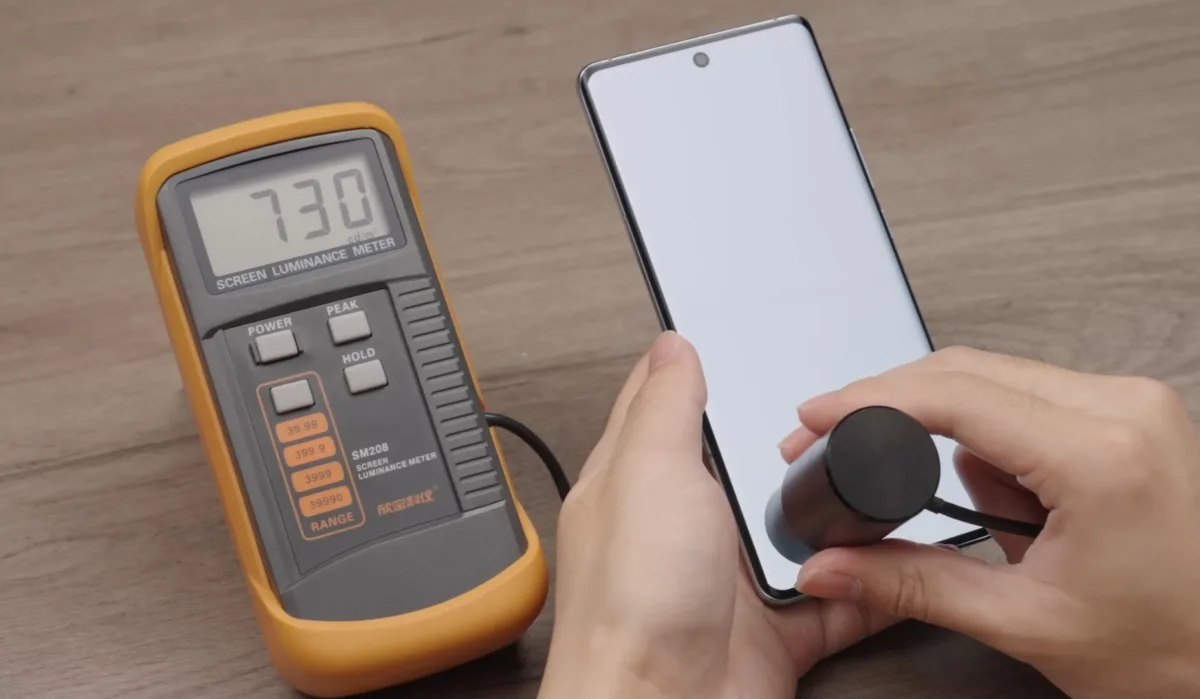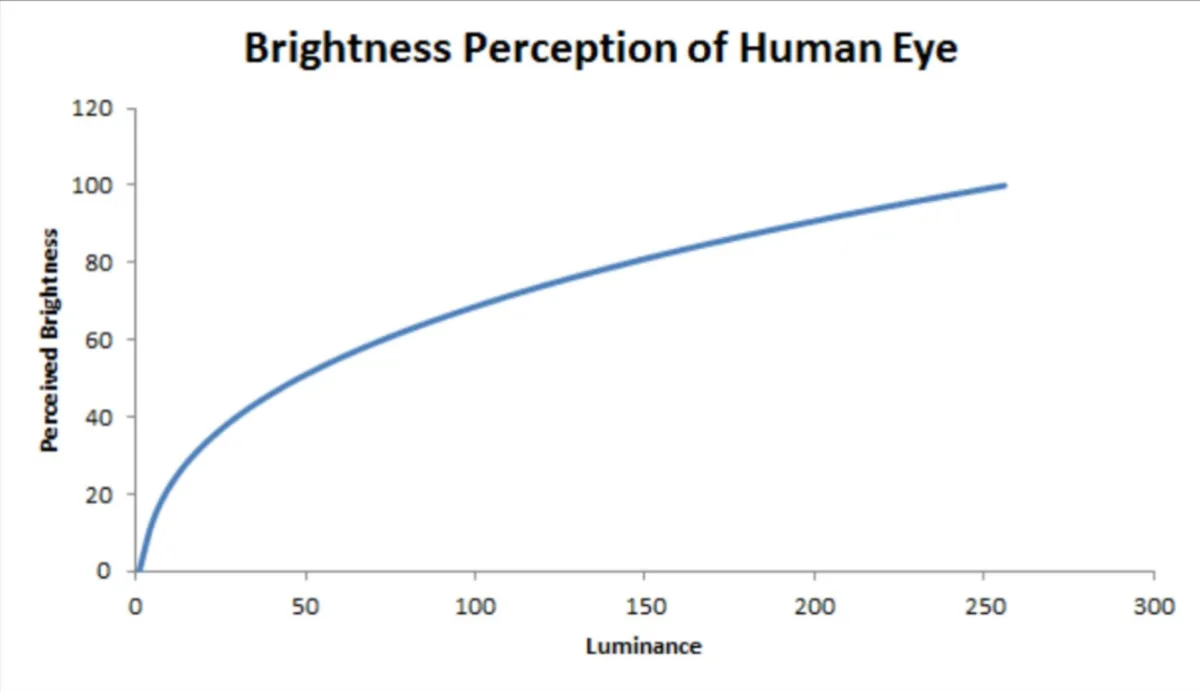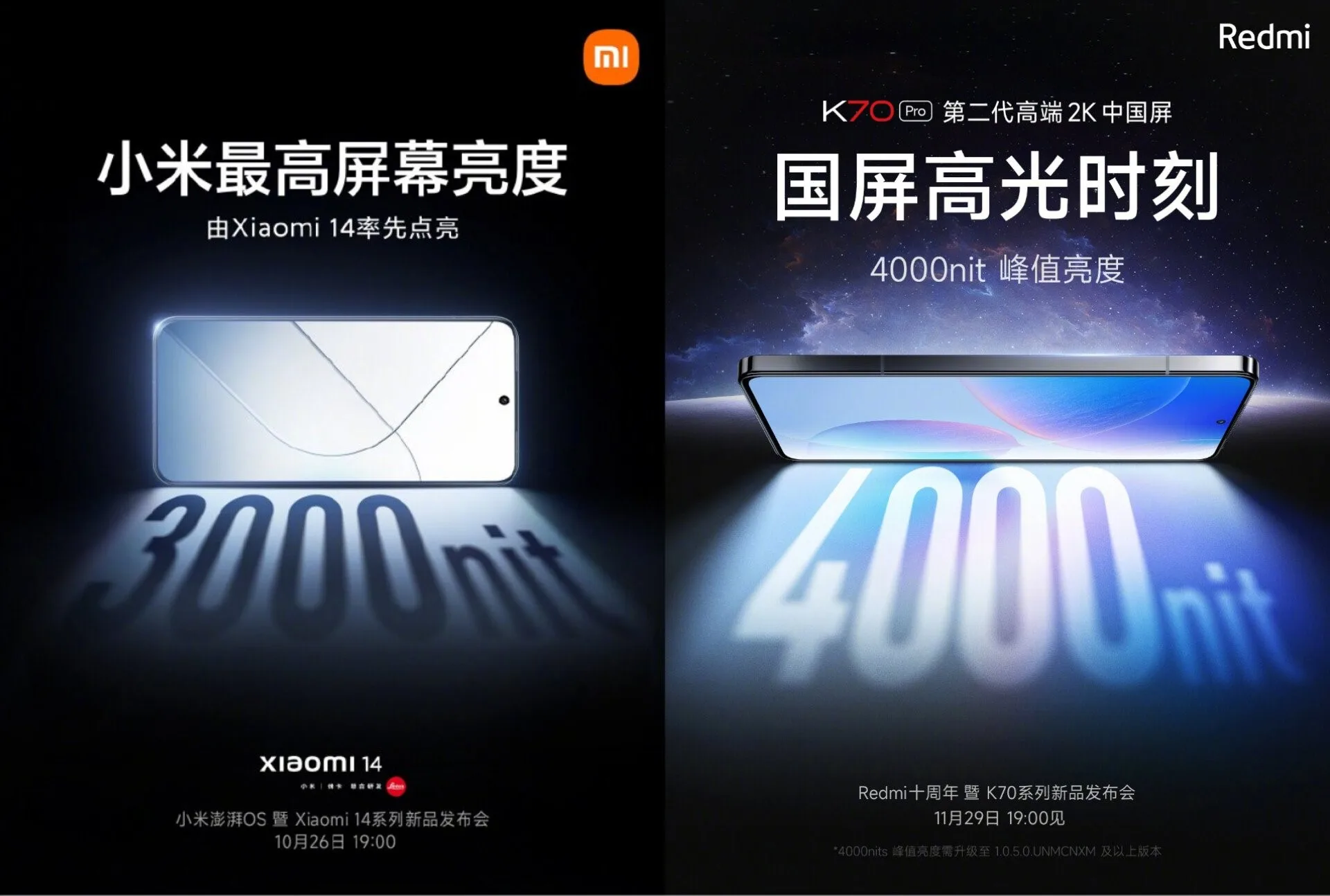In the ever-evolving landscape of smartphone technology, manufacturers have engaged in a competitive race to achieve soaring peak brightness levels in display screens.
This pursuit of luminance supremacy has resulted in numbers that are as dazzling as they are perplexing. But what do these figures really mean for the average consumer?
This blog post aims to shed light on the intricacies of display brightness, helping you navigate through the glowing maze of specifications.

Peak Brightness War
Recent advancements have seen smartphones boasting remarkable peak brightness values. Consider these examples:
- Galaxy S23 Ultra: 1750 nits
- iPhone 15 Pro Max: 2000 nits
- Pixel 8 Pro: 2400 nits
- OnePlus 12: 2600 nits
- iQOO 12 Pro: 2700 nits
- Xiaomi 14 series: 3000 nits
- iQOO 12: 3000 nits
- Redmi K70 Pro: A staggering 4000 nits
However, peak brightness is not synonymous with a uniformly brighter display. It specifically refers to the brightness level a display can achieve when rendering HDR (High Dynamic Range) content.
During HDR playback, these impressive numbers are typically reached in a small portion of the screen displaying a particularly bright scene.
While this enhances HDR viewing experience, its impact on everyday usage is less pronounced.
High Brightness Mode (HBM):
In outdoor environments, the High Brightness Mode (HBM) of a display takes center stage. This feature allows the screen to increase its brightness to counteract sunlight, making it more legible in outdoor conditions.
Interestingly, the HBM values often differ significantly from the advertised peak brightness figures.
For example, while the iQOO 12 boasts a peak brightness of 3000 nits, its HBM is 1400 nits. In contrast, the Galaxy S23 Ultra, with a lower peak brightness of 1750 nits, still achieves an HBM of 1200 nits.
The Logarithmic Curve of Brightness Perception
The relationship between nits and perceived brightness is not straightforward. It is logarithmic, meaning that as brightness increases, the perceived difference diminishes.
The jump from 1000 nits to 2000 nits might sound significant, but in terms of human perception, the change is less dramatic.
This characteristic of our vision facilitates a better dynamic range, making a difference between lower nit values (like 500 to 1000 nits) more noticeable than that between higher values (such as 2000 to 3000 nits).

Realistic Expectations: Power, Heat, and Practicality
Achieving peak brightness levels like 3000-4000 nits in High Brightness Mode is often unfeasible for most devices.
If attainable, the power consumption and heat generation would be substantial, making it impractical for regular use.
Beyond Peak Brightness: Other Crucial Factors
The perceived quality of a smartphone’s display is not solely dependent on brightness.
Other factors such as color calibration, contrast levels, and HDR tuning play pivotal roles in shaping the overall visual experience.
Smartphone Peak Brightness: A Simplified Overview
- Maximum Manual Brightness: The highest brightness level achievable by manually adjusting the brightness slider.
- Peak Global Excitation Brightness: The maximum full-screen brightness a display panel can achieve, usually triggered by direct exposure to light on the ambient light sensor.
- Peak Local Excitation Brightness: The highest brightness level in a specific area of the display panel, typically achieved in a small window (like 10% of the screen) during HDR content playback, also influenced by ambient light sensor exposure.
Conclusion
While peak brightness figures are impressive, they are just one piece of the puzzle. A holistic understanding of display technology and how it aligns with your lifestyle is key to choosing the right smartphone.
Also Read: IQOO 12 Pro: The Ultimate Gaming Smartphone

